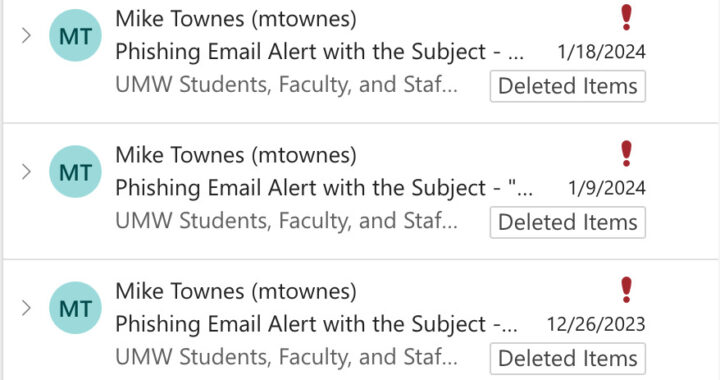UMW dining would benefit from expansion
4 min read
Jamba juice | Sodexo
By NICHOLAS VINSON
Staff Writer
It goes without saying that college students are busy. So much so that some UMW students don’t have time to stop and say hello to their friends on Campus Walk, and sometimes something as simple as grabbing a bite to eat has its obstacles. Having affordable and varied meal plans with a multitude of dining options is especially important for the mental, physical and emotional health of busy students.
UMW offers a variety of meal plans that are intended to suit the needs of every student. Before students choose, they are able to visit the UMW Sodexo website and find details on how many meals a week each plan is calculated to produce and the pricing for each meal plan.
Meal plans offered to students are categorized by both year and residential status: On-Campus Freshmen, On-Campus students and Off-Campus students, with the most numerous options being available to those who live off-campus.
Freshmen are required to sign up for the Eagle Unlimited plan, which provides “unlimited meal swipes on the Top of the UC,” but only 30 at what the website calls “retail dining eateries.” These options include the Underground, Qdoba, Jamba Juice, Blackstone, Simply to Go, Hissho Sushi, and Vocelli. The plan also provides 200 Flex Dollars, which can be used in place of or in addition to the “Meal Deal” swipes.
The unlimited swipes aren’t all bad, admittedly. “It was a pretty high cost, but it was a good feeling to not have to wonder when you could eat next, since you had the swipes. I do wish we got more than 30 for the other places though,” said sophomore business administration major Mar Patterson on her dining options last year.
Patterson isn’t the only student that wishes for more variety on campus. Several students have said they wish for other retail dining options on campus, an idea I would certainly not be opposed to.
Another option the University could take into consideration is incorporating local eateries on campus, supporting not only the Fredericksburg community, but entrepreneurship as a whole. There’s also the question that has recently circulated around campus: what ever happened to the food trucks?
Nonetheless, residential upperclassmen such as sophomores and juniors have more options. There’s the 225 Block with $200 Flex, or the 150 Block with $300 Flex. Residential seniors and students in the UMW Apartments and Eagle Landing can also select the 90 Block with $175 Flex or the 75 Block with $250 Flex.
Off-campus students have all of those meal plans, plus more to choose from. These include an 8 Block with $750 Flex and a 30 Block with $500 Flex, which cost a little more than $850 and $800, respectively.
While commuter students may appreciate the bounty of meal plan options, they are also those who are less likely to pay for highly priced plans.
Weighing out the options as an off-campus student, I feel like the plans options are either too many swipes and flex–that ultimately feel wasteful–or too little, leaving a great level of dependency and stress to budget both time on campus and expenses.
The 30 Block plan seemed like it would be the most balanced, though from my experience, I ran out quickly in the fall, only to find this spring that I may have a substantial amount of unused money left over. Money left over that I, personally, don’t want to use to buy crates of gatorade or lifewaters at the end of the school year.
Essentially, off-campus plans aren’t all that cost-effective for commuters, either. The 30 Block $500 Flex Commuter Meal plan costs $804, with $500 of the balance being towards to Flex Dollars. This leaves a balance of $304 for meals for the semester. After dividing that by the 30 meals, the average cost is $10.13 per meal. Or, $50.65 spent per week.
“I can buy almost three weeks worth of groceries with that from Costco,” says junior communication and digital studies major Patrick Fairfield. His father provided a graphic that contains the information just mentioned. “They’re not all bad, but the meal plans make more sense to have if you’re living on-campus as opposed to off.”
Not only can off-campus students save on their groceries, and stack-up on a variety of foods, they can apply the money saved toward rent, gas and bills.
The meal plan application process could serve to be reevaluated as well. In order to apply for a meal plan on campus, residential students must fill out a form through the Housing Portal, though they better be sure they are making the right choice.
If a student changes his or her mind, whether it be for financial, dietary or overall usage concerns, and wants to switch meal plans, students aren’t able to change their applications with ease. They are then required to fill out a separate form, which seems more tedious than it does rash, though the catch is that the form can only be submitted once per semester.
The issue isn’t a lack of meal plans, it’s the lack of flexibility when choosing a meal plan that is right for you. If the school offered more dining options, students would most likely be more receptive to opting for higher meal plans. It’s also probable that students would be less critical of the options available. Until then, they are mostly wasteful, unaccommodating and outdated, and will result in less traffic into the dining places on campus.











